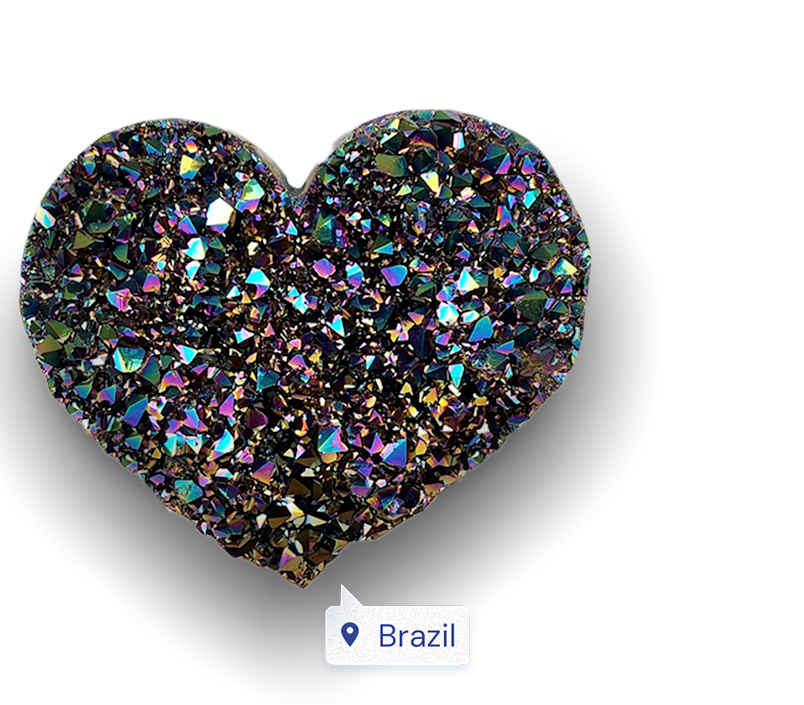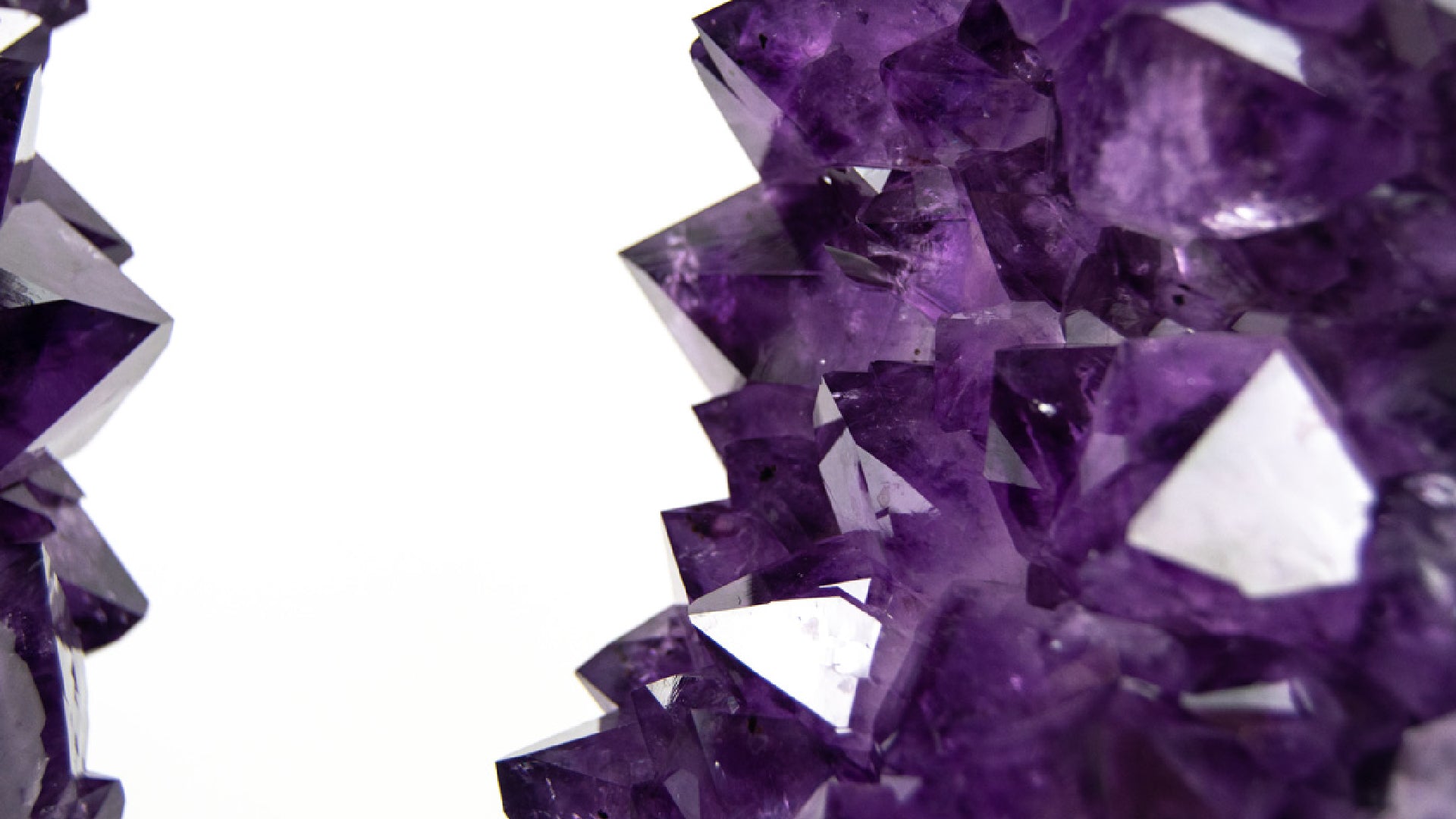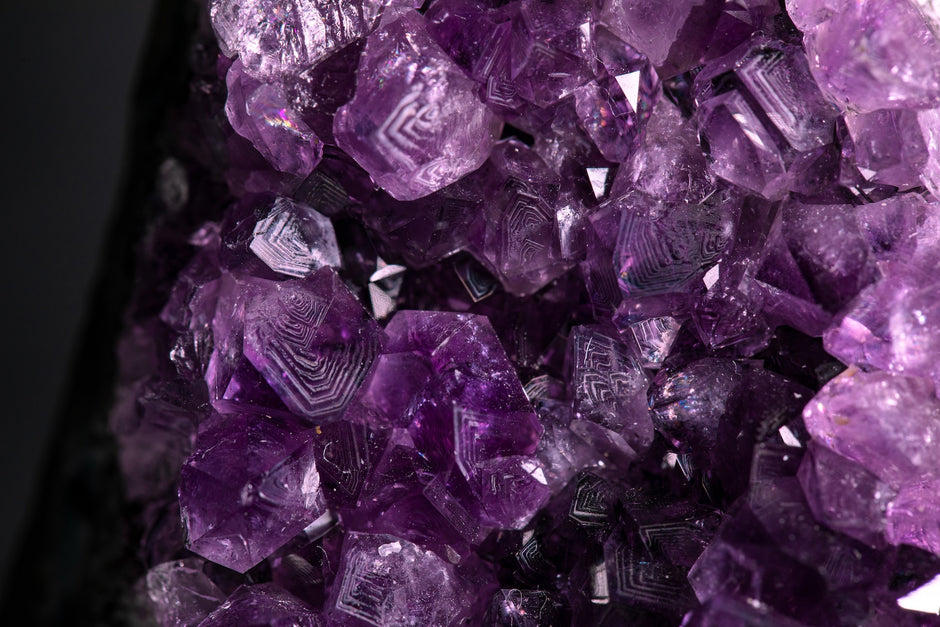Gemology, for the uninitiated, may sound like a realm of sparkling luxury, but it is far more than just the study of shiny rocks. It is a scientific domain where aesthetics meet precision, and beauty meets value. This blog aims to demystify gemology, exploring its rich tapestry to illustrate its significant role in understanding and valuing gemstones.
Defining Gemology
In formal terms, gemology is the science, art, and study of gemstones. It's a multidisciplinary field that doesn't just involve knowing your rubies from your emeralds; it's much more comprehensive than that. Gemology incorporates elements of mineralogy, geology, physics, and chemistry to understand the formation, classification, and valuation of gemstones. In simpler words, it’s the science that helps us understand why a diamond sparkles the way it does or why a sapphire has its deep blue color.
The History of Gemology
The roots of gemology can be traced back to ancient civilizations, where early explorers and miners classified gems based on color and physical characteristics. However, it wasn't until the late 19th and early 20th centuries that gemology emerged as a formal scientific discipline. Technological advancements like the jeweler's loupe and the microscope opened up new avenues for gem identification and classification.
One pivotal moment in the history of gemology was the development of the Mohs scale of mineral hardness by Friedrich Mohs in 1812, which provided a standardized way to evaluate a gemstone's hardness. Another milestone was the founding of institutions like the Gemological Institute of America (GIA) in 1931, which set globally recognized standards for gemstone grading and identification. These developments have shaped gemology into the precise and methodical science it is today.
The Role of a Gemologist
The gemologist acts as a gatekeeper, safeguarding consumers and businesses alike from counterfeit or substandard products. By applying their expertise in mineralogy, geology, and other sciences, they identify the origins, treatments, and overall quality of gemstones. Their role is paramount in not just authenticating gemstones but also in providing invaluable information that can affect a stone’s market value and desirability.
Gem Identification
Identifying a gemstone is not merely about distinguishing an Amethyst from a Lepidolite; it’s a complicated process that requires intricate tests and examinations. Traditionally, gem identification relied on observable characteristics such as color, clarity, and hardness. However, advances in technology have considerably refined these techniques.
Today, methods like spectroscopy, laser-induced breakdown spectroscopy (LIBS), and X-ray fluorescence offer more accurate results. Even traditional tools like the refractometer have been updated for more precise measurements. These technologies provide a detailed insight into a gemstone's unique properties, allowing for more accurate identification.
Gemstone Grading
Once a gemstone is identified, the next step is to grade it based on various criteria such as cut, color, clarity, and carat weight—often referred to as the Four Cs. The grading process is highly standardized to ensure objectivity and consistency. Gemologists use globally recognized grading systems like those from the Gemological Institute of America (GIA) and the International Gemological Institute (IGI).
Appraisal and Market Value
The responsibilities of a gemologist don't stop at identification and grading; they also appraise the market value of a gemstone. Using a complex set of factors—ranging from the Four Cs to the rarity and market demand for the stone—a gemologist can provide a comprehensive appraisal of its worth.
This assessment is crucial for both buyers and sellers. For sellers, it helps in determining a reasonable and profitable asking price. For buyers, particularly those in the B2B sector, an accurate appraisal can serve as a negotiating tool and provide assurance that they are making a worthy investment.
Ethical Sourcing and Sustainability
Gemologists play a significant role in promoting ethical gemstone sourcing and sustainability within the industry. By applying rigorous testing methods, they can determine not just the type and quality of a stone, but also its origin. Knowing the source enables companies to avoid 'blood diamonds' or gemstones extracted under unethical conditions.
Gemology Education and Certification
Becoming a gemologist isn't something that happens overnight. It requires specialized education and training, often culminating in certification from recognized institutes like the Gemological Institute of America (GIA) or the International Gemological Institute (IGI).
Certification is not merely a diploma to hang on a wall; it’s an endorsement of expertise and ethical conduct. In an industry where trust is paramount, being a certified gemologist adds a layer of credibility that can greatly benefit both the professional and the business they represent.
Conclusion
Gemology is far more than the mere appreciation of gemstones' aesthetic qualities; it's a multidisciplinary science rooted in mineralogy, geology, and even physics and chemistry. The role of a gemologist goes beyond simply identifying a gemstone; they serve as an essential bridge between the beauty of a stone and its real-world value, offering valuable insights into its origin, quality, and market value.
In a competitive market, especially in the B2B sector, expertise in gemology can be the deciding factor in making a valuable investment. It's not just about procuring high-quality, visually pleasing gemstones, but also about ensuring ethical sourcing and fair valuation. Knowledge of gemology can empower you to make more informed decisions, guiding you in negotiations and safeguarding your investments.
Don't leave the value of your investment to chance. Elevate your business dealings in the gemstone industry by prioritizing gemological knowledge and consultation. It's not just a good business practice; it's a commitment to quality, sustainability, and ethical conduct.











